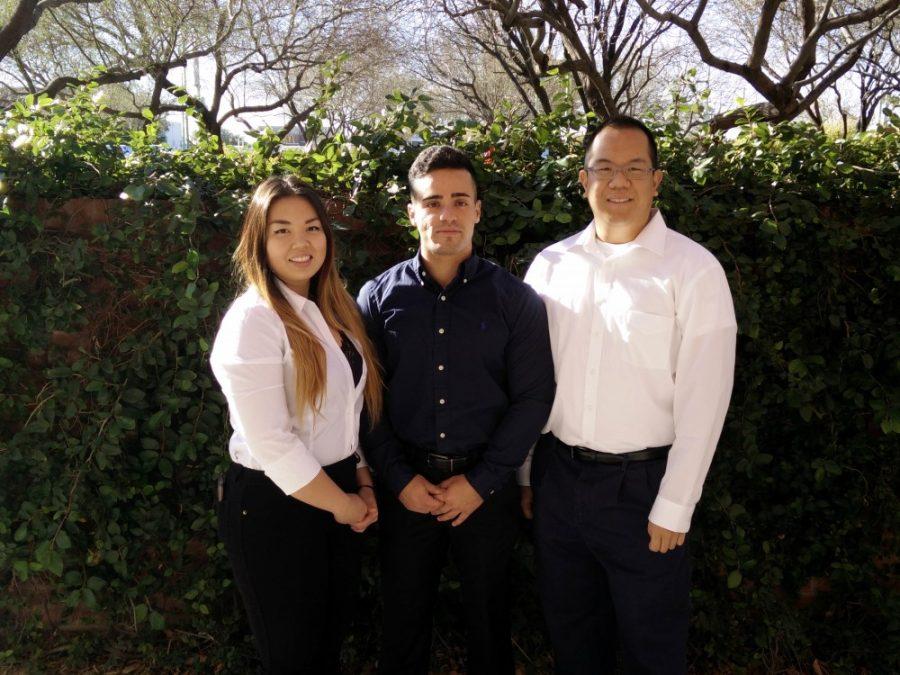Most college students understand the dreadful experience of scheduling their own doctor’s appointments for the first time. It is a sudden realization that one is in the early stages of adulthood and now that the complications and stress of the health care system are realities, many wish they could have attended an Adult 101 course in school.
Luckily, pharmacy students at the UA are trying to make the health care system a little more user-friendly in the digital age.
Jason Kwan, Jingxin Yang and Osamah Eljerdi are a business team. They started their service, LinkX, one year ago during their pharmacy entrepreneurship course.
They noticed a big problem in the distribution of pharmaceuticals from producer to patient: The lack of transparency and digitalization of prescription medication.
“I saw the problem of people always calling into the pharmacy and asking ‘What is the price of this medication?’ or ‘Do you have this medication available?’ and a lot of times pharmacies are really busy, so customer service can be lacking,” Kwan said, “And then I started to think that a lot of these calls are really simple and can easily be answered by just having the information readily available.”
LinkX, which went live a month ago, is a free online service created to help bridge the gap between pharmacies and patients by supplying more information to the individual. LinkX provides information on the current stock and cash value of prescriptions in pharmacies across Tucson.
The LinkX team hopes this mobile-friendly service will improve the current lack of transparency in health care, since many patients don’t know the true cost of their medications because transactions are riddled with pharmaceutical and insurance fees.
They also want to focus on bringing the business and science worlds together to work more resourcefully. This is important because specialty medicine, like dermatology creams and hormone replacement pills, are becoming increasingly more expensive. LinkX is trying to keep the most money in patients’ pockets by presenting the face value of the medication to consumers.
“A lot of time, people complain and say ‘Well why has my medication gone up?’ and the reason is because the insurance company has changed how much it’s reimbursing the companies,” Kwan said. “The idea is that [LinkX] shows that these are all the different pharmacies, and this is how much it’s going to cost. If you go from one side of Tucson to the other side … that same medication can be a different price. And you wouldn’t know that because you wouldn’t be able to see.”
Here’s how it works: after going to the LinkX website, patients can type in their prescription information and location to quickly find which pharmacies in Tucson currently have their specific medications in stock. If no results appear, patients can submit a prescription request at their local pharmacies, which helps save time and money.
In its current state, LinkX is only an information service and doesn’t offer discounted medication or waive health insurance fees. The LinkX team hopes that as more independent pharmacies and retail chains hop on board with the idea, it can expand services to Phoenix and, eventually, nationwide. LinkX hopes to revolutionize the way the pharmaceutical business is run in the U.S.
“I think that information is very pertinent and is something we should be very aware about,” said Shivani Patel, a junior studying electrical and computer engineering. “Being vitamin D deficient, I go to the pharmacy a lot and I think [LinkX] is such an easy method to save money on prescriptions.”
LinkX stands firmly behind its motto: “Search smarter, Choose better.”
Follow Arturo Bradic on Twitter.









